Early Signs of Dental Disease in Senior Dogs: What Every Owner Should Know
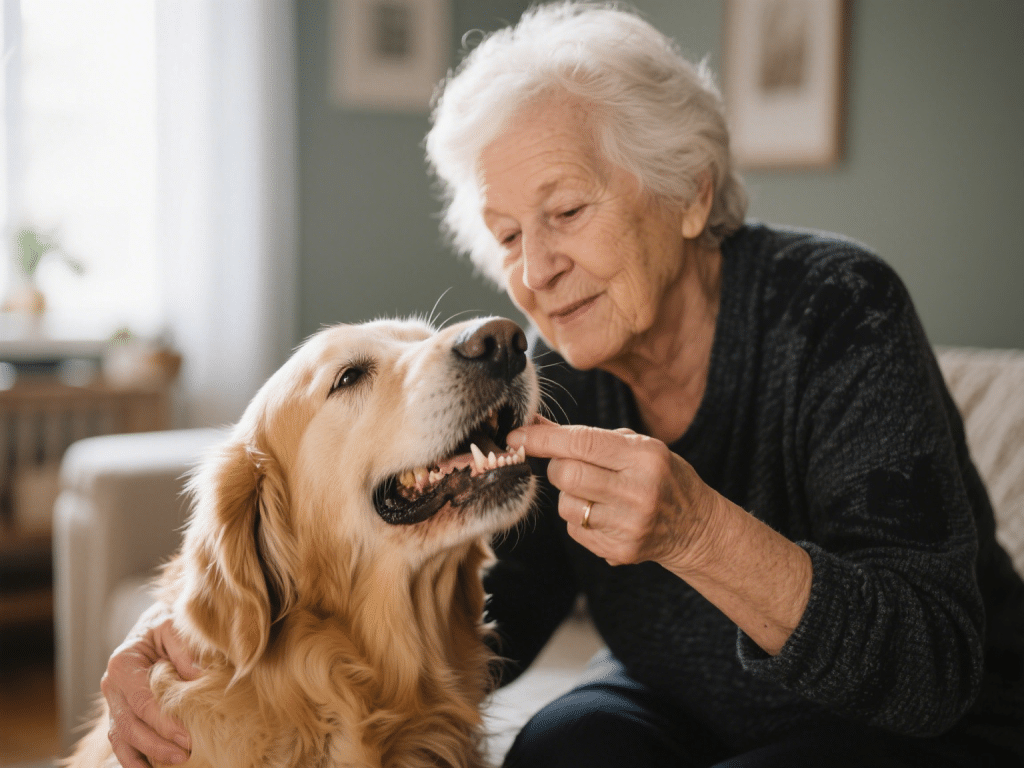
Introduction
As our canine companions age, their oral health becomes increasingly vulnerable. Dental disease is one of the most common issues in senior dogs, affecting up to 80% of pets over five years old.1 Left unchecked, periodontal disease not only causes pain and tooth loss but can also lead to systemic infections impacting the heart, kidneys, and liver. In this guide, I’ll share my decade of experience as a veterinary technician and certified canine dental specialist, so you can catch early warning signs before they escalate.
1. Why Senior Dogs Are at Higher Risk
Over time, plaque mineralizes into tartar, creating an ideal environment for bacteria. Reduced immune response and changes in diet also contribute. Common risk factors include:
Age: Dogs over seven show higher tartar buildup.
Breed Predisposition: Small breeds like Chihuahuas often have crowded teeth.
Diet & Chewing Habits: Soft commercial diets without dental chews accelerate plaque.
2. Subtle Early Signs to Watch
Detecting problems early is key. Look for:
Bad Breath (Halitosis): Occasional “doggy breath” is normal; persistent foul odor signals bacterial overgrowth.
Yellow or Brown Plaque: Check the gum line of upper molars. Even light discoloration warrants attention.
Gum Redness or Swelling: Inflamed gingiva that bleeds when touched indicates gingivitis.
Difficulty Chewing or Dropping Food: A dog avoiding hard kibble may have oral soreness or loose teeth.
Excessive Drooling: While some breeds drool naturally, new drooling can be a red flag.
3. At-Home Dental Checks
Perform weekly oral exams in a calm environment:
Gently lift the lips and inspect each quadrant.
Note any asymmetry, swelling, or lesions.
Reward your dog with a dental‐safe chew after the check.
4. Preventive Strategies
Daily Brushing: Use a dog‐formulated toothpaste and a soft brush. Start with finger brushes if your pet resists.
Dental Chews & Toys: Look for VOHC-approved products that remove plaque mechanically.
Water Additives & Oral Rinses: Chlorhexidine or cetylpyridinium chloride formulas can reduce bacteria.
5. When to Seek Professional Care
If you observe any of the early signs above, schedule a veterinary dental exam. A professional cleaning under anesthesia is often required to remove tartar below the gum line. Advanced cases may need tooth extraction or periodontal therapy.
6. Post-Procedure Home Care
After a dental cleaning:
Offer soft food for 24–48 hours.
Reintroduce brushing gradually.
Maintain biannual dental checkups.
Conclusion
Catching dental disease early is the best way to preserve your senior dog’s comfort and overall health. By combining weekly home checks, daily brushing, and professional cleanings as needed, you’ll help your best friend enjoy their golden years pain‐free.
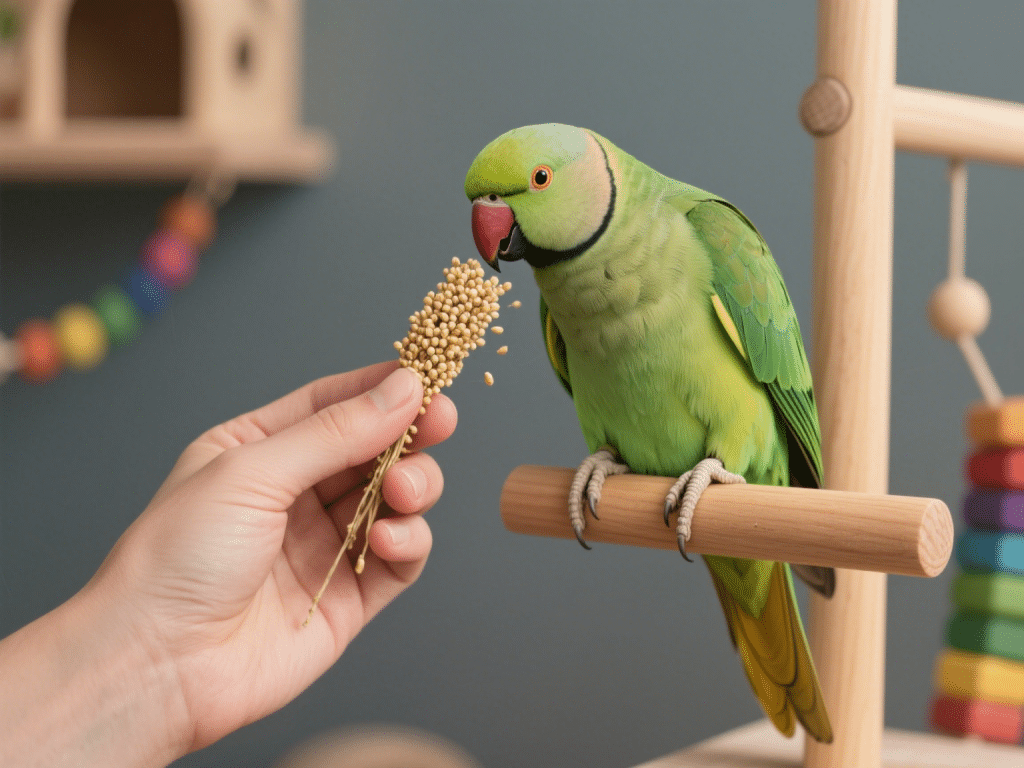
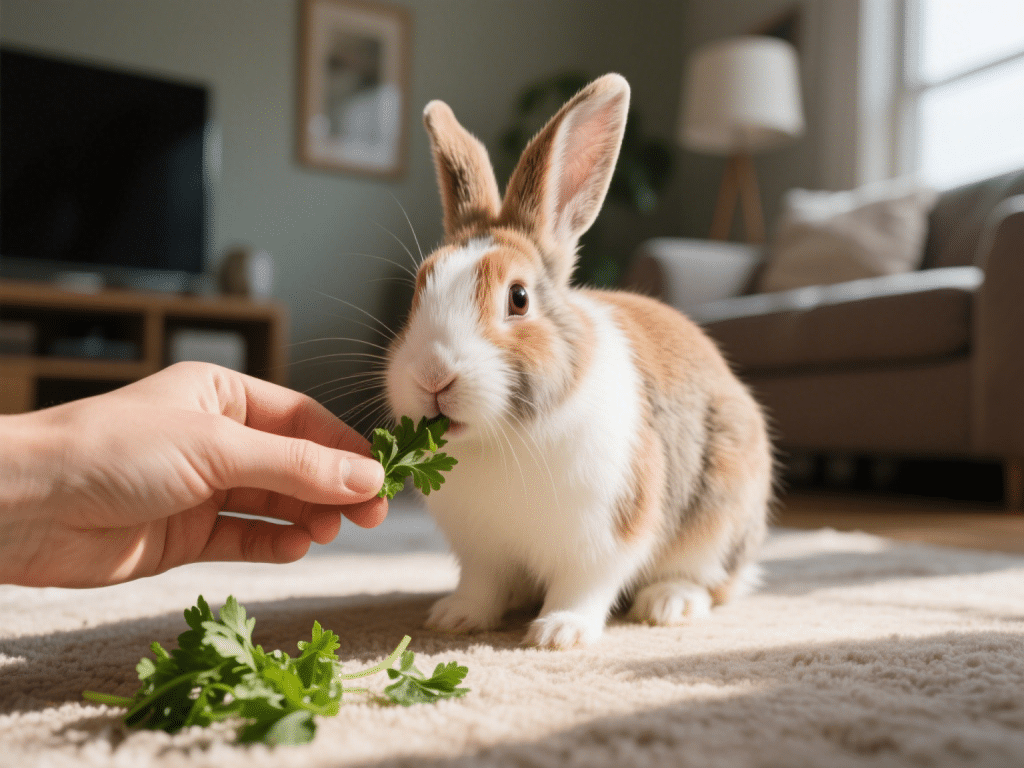

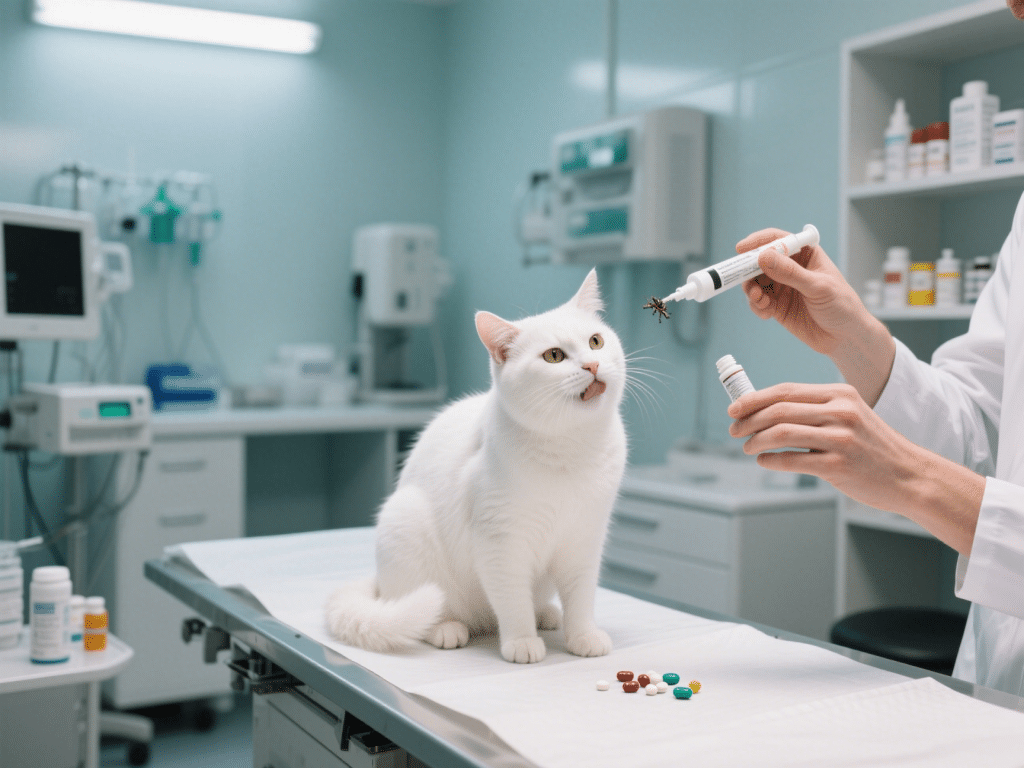

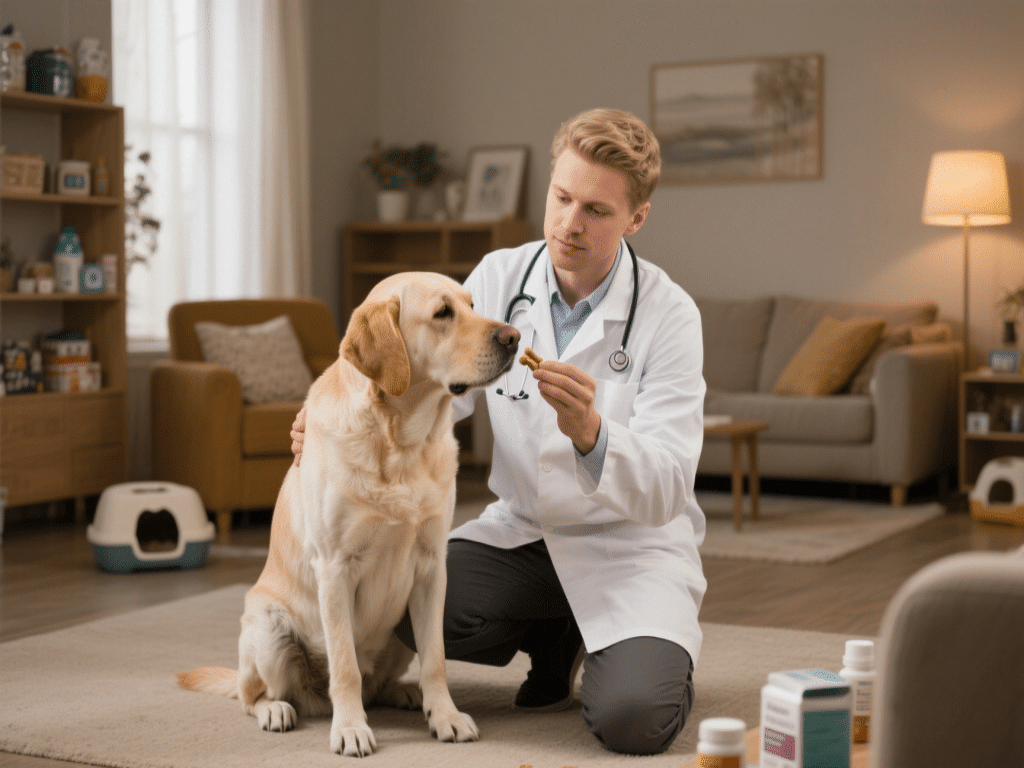
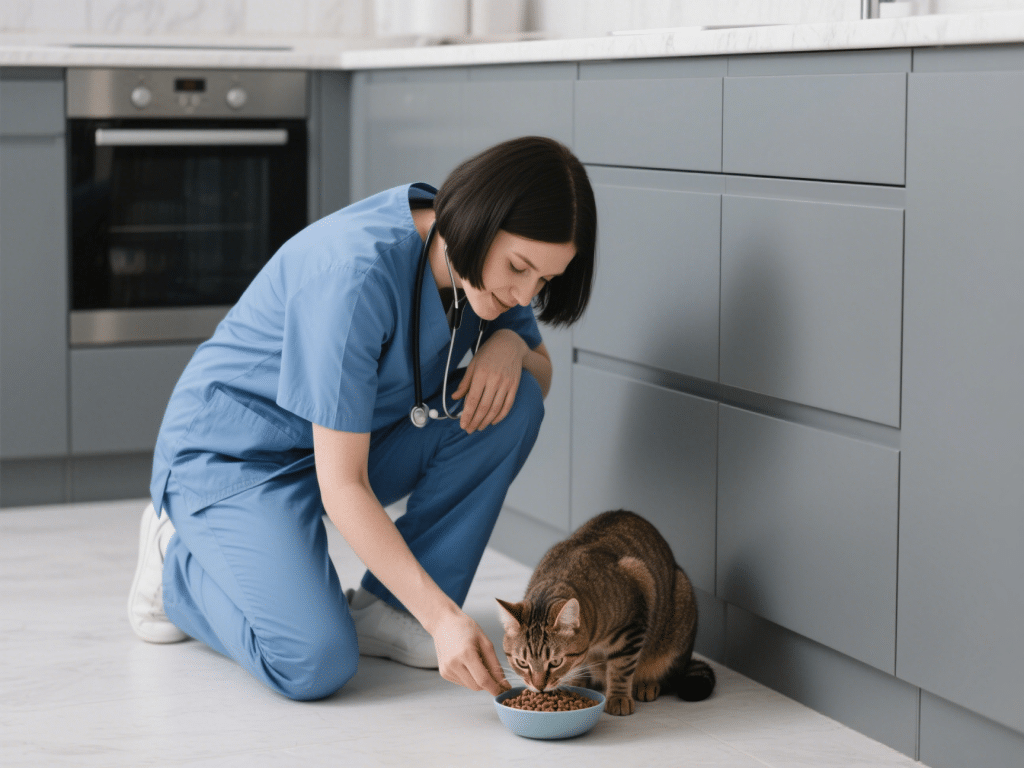
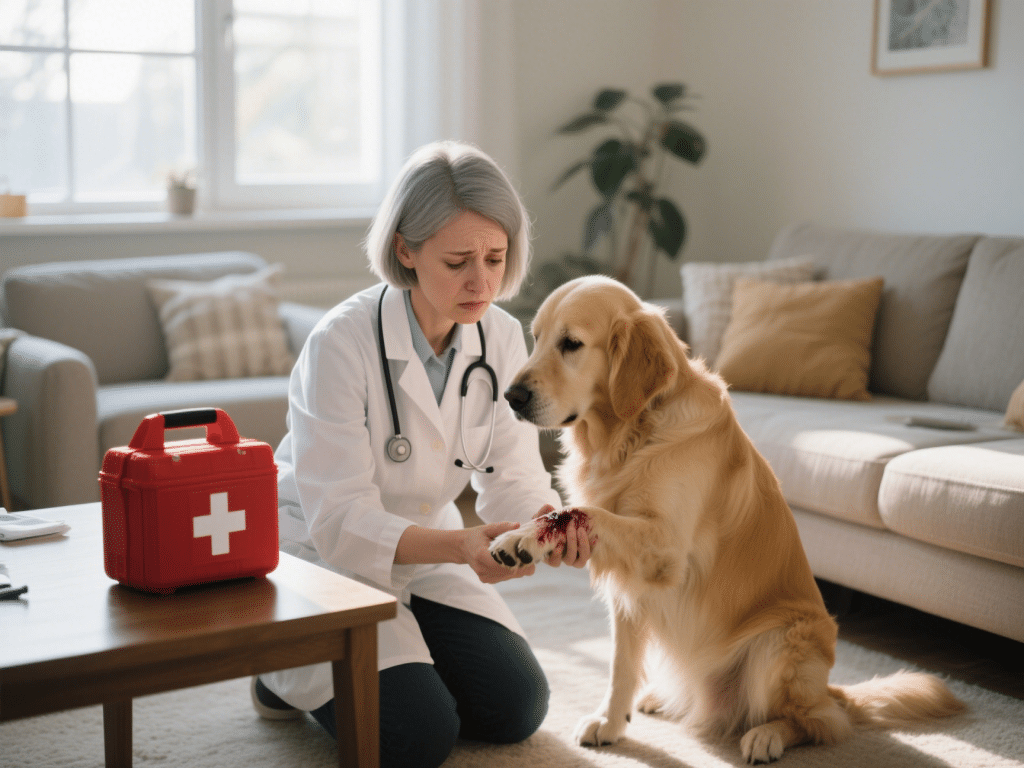

Comments on "Early Signs of Dental Disease in Senior Dogs: What Every Owner Should Know" :